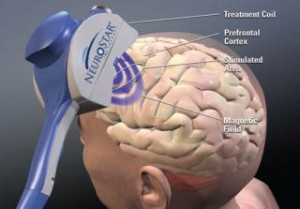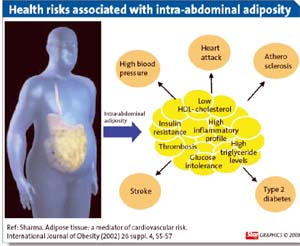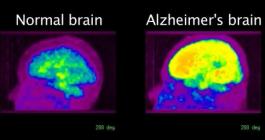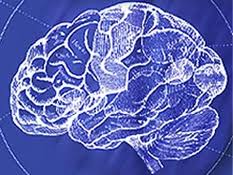A prospective study was done involving 120 adults over 18 months with evaluations at 1, 3, 6, 12, and 18 months involving patients who had attempted to commit suicide before entering the study. The purpose of the study was to find out whether cognitive therapy could make a difference in the suicide or suicide attempt rate in the months following an attempt. Several parameters were measured using scales of hopelessness, symptom of depression, frequency of suicidal thoughts and recording repeat suicidal attempts.
The results showed that there was a significant difference between the regular treatment group and the group where cognitive therapy was given. The subsequent suicide attempt rate in the regular treatment group was 1.97-fold higher than in the cognitive therapy group over the 18 months treatment and observation period. 76% of the cognitive therapy treated group did not attempt to commit suicide again (free of repeat suicide attempt), whereas in the regular treatment group this figure was down to 58%. At 6, 12 and 18 moths a depression assessment showed that the cognitive therapy group had a significantly lower (meaning “better”) score than the regular treatment group. This was also reflected in the statistics showing a 50% less likely rate of repeat suicide attempts in the cognitive therapy group. Feelings of hopelessness were also significantly lower in the cognitive therapy group, but interestingly enough there was no significant difference between suicidal thoughts in the cognitive therapy group versus the regular treatment group.
The authors came to the conclusion that cognitive therapy is an effective treatment modality, which helps preventing further suicide attempts, in patients who recently have attempted to commit a suicide.
More info on suicide and suicide prevention: http://nethealthbook.com/mental-illness-mental-disorders/suicide-suicide-prevention/
Reference: JAMA. 2005;294:563-570
Last edited October 29, 2014















